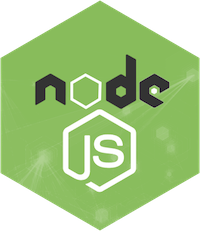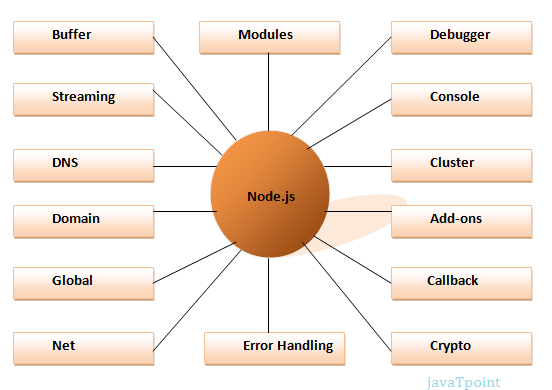Node.js tutoriallearning manual
Published on 2023-04-20 00:10:05 · 中文 · بالعربية · Español · हिंदीName · 日本語 · Русский язык · 中文繁體
Node.js tutorial

The Node .js tutorial provides basic and advanced concepts of Node .js. Our Node.js tutorials are designed for both beginners and professionals.
Node.js is a cross-platform environment and library for running JavaScript applications for creating web and server-side applications.
Our Node .js tutorials cover all topics .js Node, such as Node .js installation on Windows and Linux, REPL, package manager, callbacks, event loops, operating systems, paths, query strings, encryption, debuggers, URLs, DNS, Net, UDP, processes, child processes, buffers, streams, file systems, global objects, web modules, and more. Node.js interview questions are also provided to help you better understand Node.js technology.
What is Node.js
Node.js is a cross-platform runtime environment and library for running JavaScript applications outside the browser. It is used to create server-side and web applications. It is open source and free to use. You can download https://nodejs.org/en/ from this link
Many of the basic modules .js Node are written in JavaScript. Node .js is primarily used to run real-time server applications.
Its official documentation gives the following definitions:
? Node .js platform built on Chrome's JavaScript runtime to easily build fast and scalable web applications. Node .js uses an event-driven, non-blocking I/O model, making it lightweight and efficient, ideal for data-intensive, real-time applications running across distributed devices. A rich library of various JavaScript modules is provided to simplify the development of web applications.
Node.js = Runtime Environment + JavaScript Library
Different parts of the Node .js
The following diagram specifies some of the important parts of a Node .js:

Features .js Node
Here's a list of some of the important features of Node's .js, which make it a top choice for software architects.
Extremely fast: Node .js built on Google Chrome's V8 JavaScript engine, so its libraries are very fast in terms of code execution.
I/O is asynchronous and event-driven All APIs of the Node.js library are asynchronous, i.e. non-blocking. Therefore, a Node.js based server never waits for the API to return data. The server moves to the next API after the call, and the Node.js event notification mechanism helps the server get a response from the previous API call. That's why it's fast.
Single-threaded: Node .js follow a single-threaded model with event loops.
Highly scalable: Node .js is highly scalable because the event mechanism helps the server respond in a non-blocking manner.
No buffer: Node .js reduces the overall processing time when uploading audio and video files. Node.js application never buffers any data. These applications simply output data in chunks.
Open Source: Node.js has an open-source community that has produced many great modules that add additional functionality to Node.js applications.
License: Node.js is released under the MIT license.